The Importance of Regular Eye Checkups After Age 45

The Importance of Regular Eye Checkups After Age 45
As we age, our bodies undergo numerous changes that can impact our health and quality of life. For individuals aged 40-55, maintaining good eye health is crucial, as this period marks an increased risk for various age-related eye conditions. Regular eye checkups are essential for early detection and management of these conditions, ensuring that you can continue to enjoy life without the burden of vision loss. In this article, we will explore the importance of regular eye exams, common age-related eye conditions, and practical tips for maintaining healthy vision.
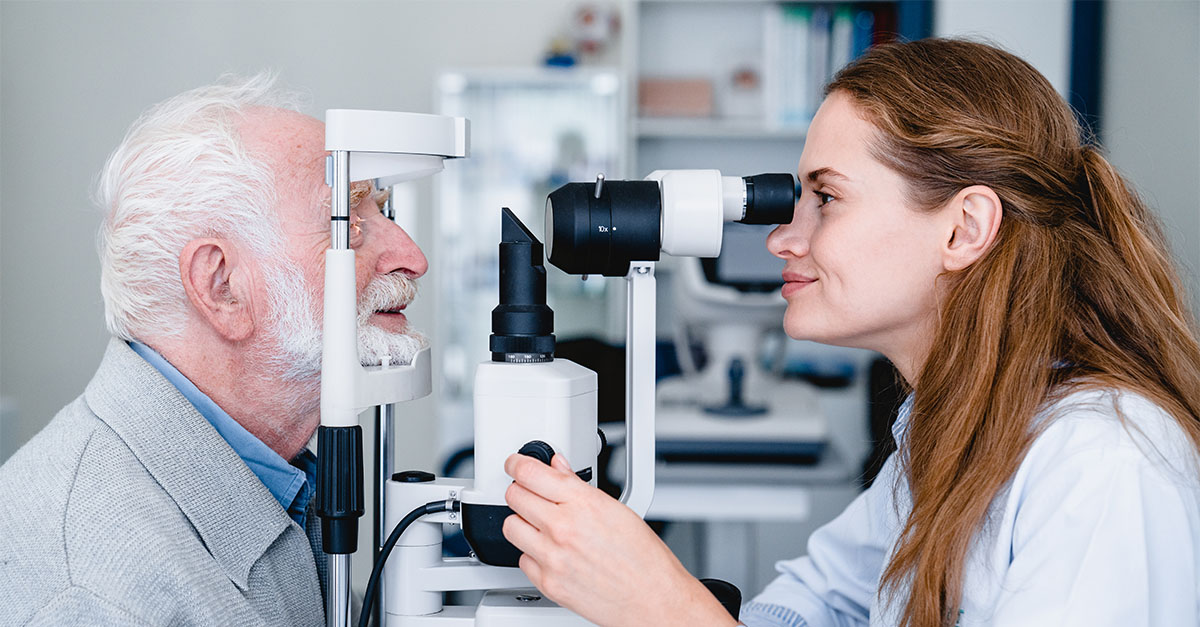
Why Regular Eye Checkups Matter
Regular eye exams are not just about updating your glasses prescription; they are a vital tool for maintaining your overall eye health. Many age-related eye diseases, such as glaucoma, cataracts, and macular degeneration, often develop without noticeable symptoms in their early stages. Regular comprehensive eye exams can detect these conditions early, allowing for timely interventions that can help preserve your eyesight and maintain your independence .2 .3 .11.
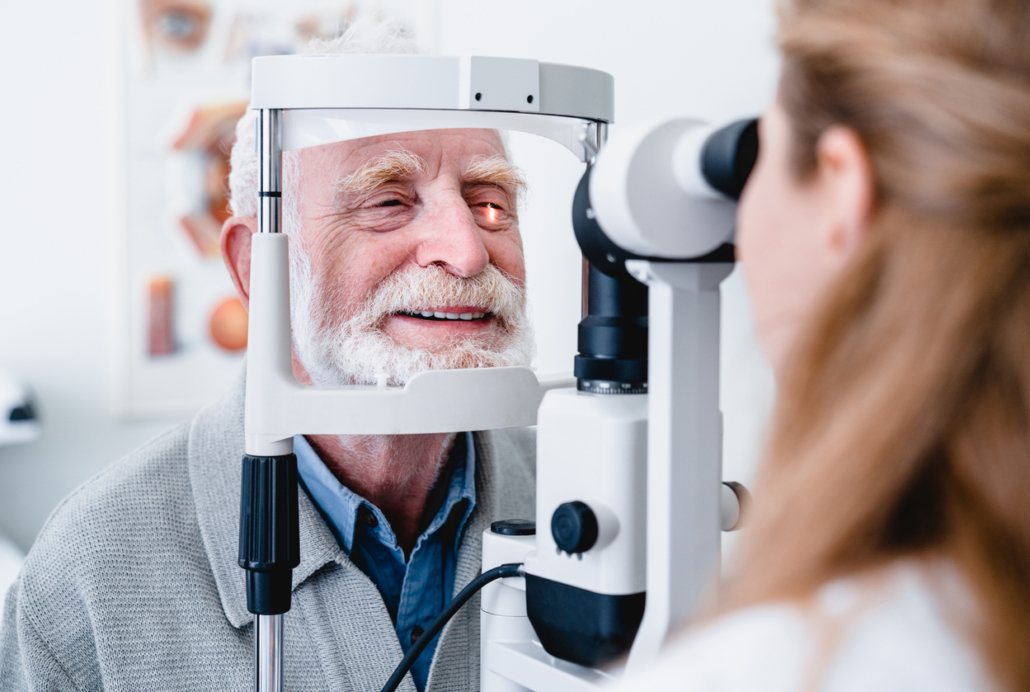
Benefits of Regular Eye Exams
-
Early Detection of Age-Related Conditions: Regular exams can identify conditions like cataracts, glaucoma, and macular degeneration before they cause significant vision loss .11.
-
Prescription Updates: Ensure your glasses or contact lens prescription is accurate and up to date, reducing eye strain and improving visual clarity .15.
-
Monitoring Eye Health: Exams can reveal signs of systemic diseases like diabetes and hypertension, which affect eye health .15.

Common Age-Related Eye Conditions
Understanding the common eye conditions that affect individuals over 45 can help you appreciate the importance of regular checkups.

1. Cataracts
Cataracts occur when the lens in your eye becomes cloudy, affecting your vision. They are a common age-related condition that can be treated with surgery .2 .5.

2. Glaucoma
Glaucoma damages the optic nerve and can lead to vision loss if not treated. It often progresses without noticeable symptoms, making regular exams crucial .5 .11.

3. Age-Related Macular Degeneration (AMD)
AMD affects the central part of your vision, making it difficult to see fine details. Early detection can help slow its progression .6 .11.

4. Diabetic Retinopathy
This condition affects the blood vessels in the retina and is a complication of diabetes. Regular eye exams are vital for those with diabetes .6 .11.
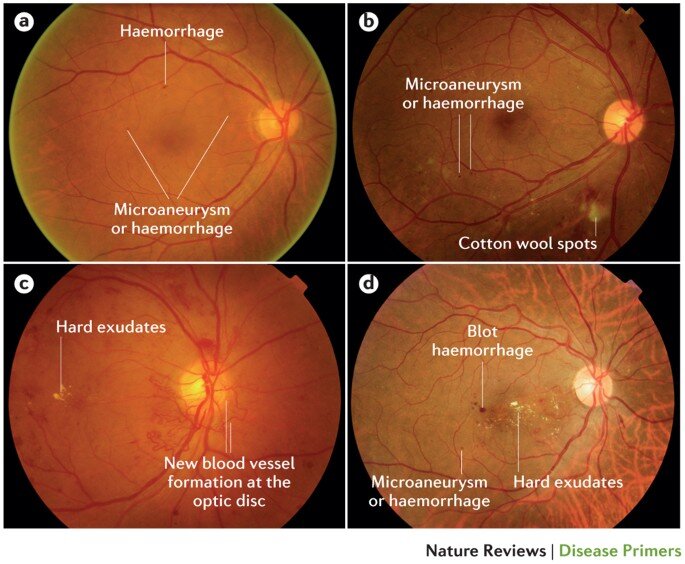
5. Presbyopia
Presbyopia is age-related farsightedness that typically starts in your early to mid-40s. It can be managed with corrective eyewear or surgery .6.

Practical Tips for Maintaining Healthy Vision
In addition to regular eye exams, there are several lifestyle changes you can make to support your eye health.

1. Eat a Vision-Healthy Diet
Include foods rich in omega-3 fatty acids, lutein, zinc, and vitamins C and E. These nutrients help reduce the risk of age-related eye diseases .8 .9.
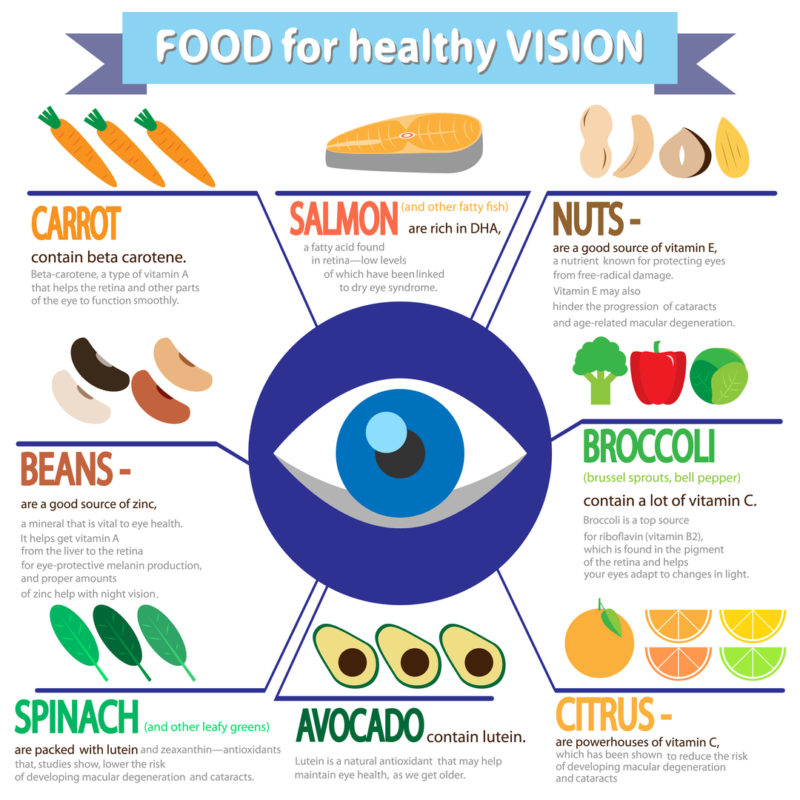
2. Stay Active
Regular physical activity can reduce your risk of developing conditions like diabetes and high blood pressure, which are linked to eye health .7 .9.

3. Protect Your Eyes from UV Rays
Wear sunglasses that block 100% UVA and UVB rays to prevent damage from sunlight .9.

4. Manage Chronic Conditions
If you have diabetes or hypertension, managing these conditions can significantly reduce your risk of eye problems .9.

5. Quit Smoking
Smoking increases your risk of developing cataracts and macular degeneration. Quitting can improve your overall health and reduce eye disease risk .9.
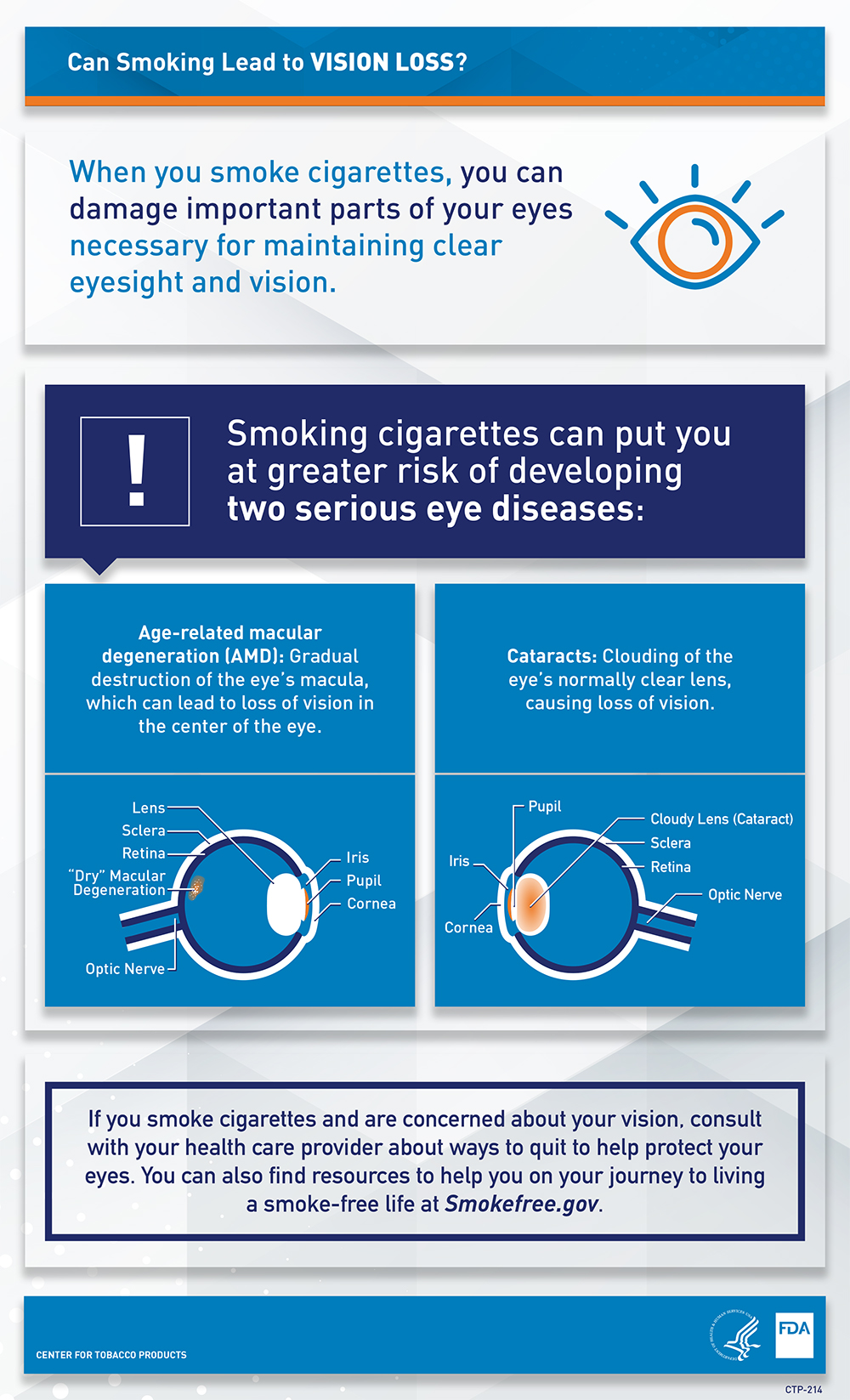
6. Give Your Eyes a Break
Follow the 20-20-20 rule to reduce digital eye strain: every 20 minutes, look away at something 20 feet away for 20 seconds .9.
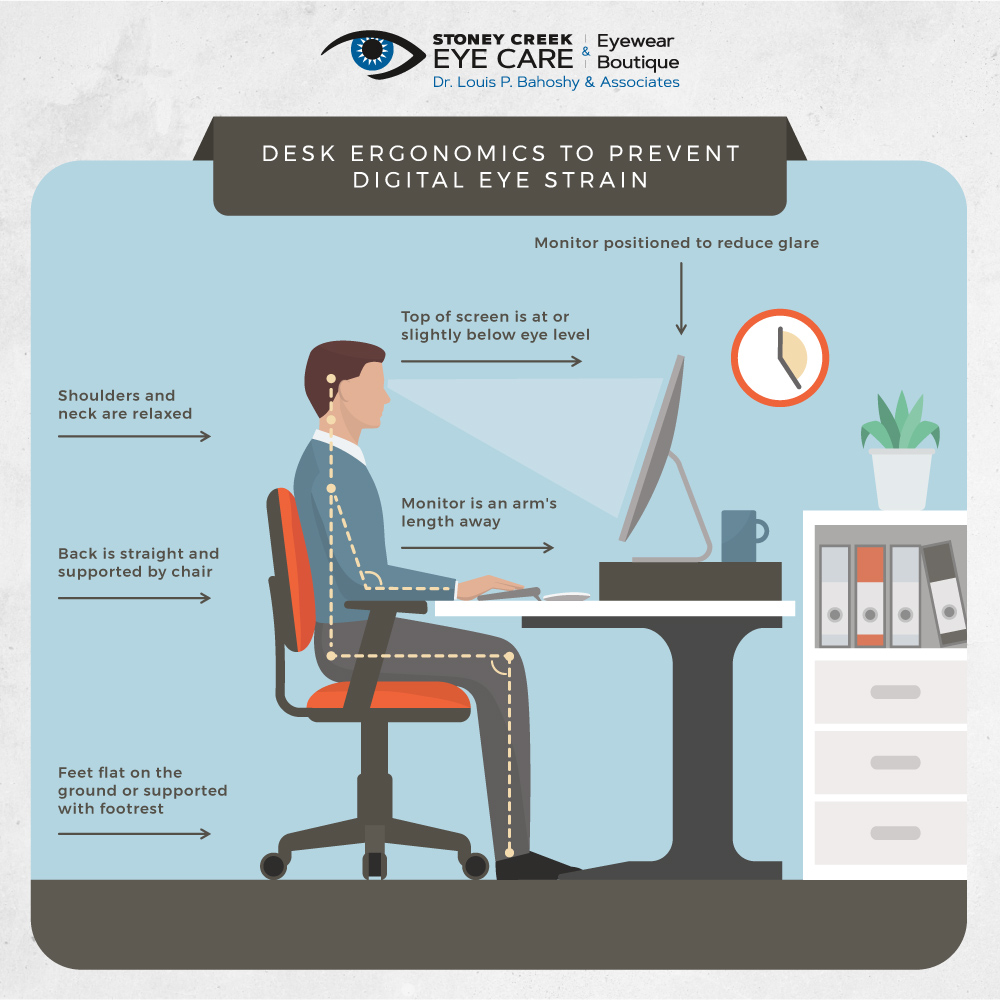
Overcoming Barriers to Regular Eye Exams
Despite the importance of eye exams, some individuals may face barriers such as cost or lack of awareness. Here are some strategies to overcome these challenges:







